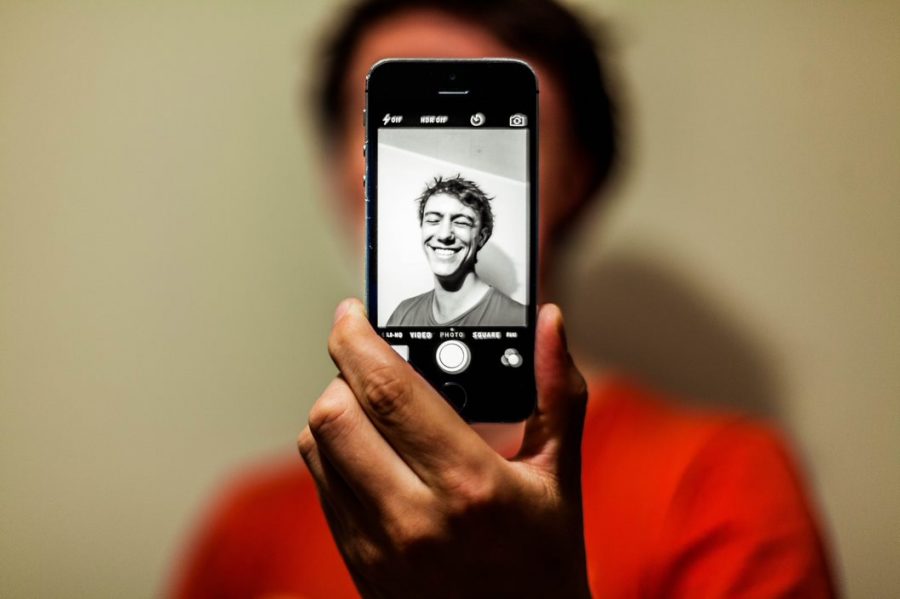Body dysmorphia disorder is being promoted by augmented reality lenses
November 9, 2020
Snapchat is notoriously known as the most used app for teenagers looking to alter their appearance. When it comes to filters that reconstruct the users’ features, Snapchat has overpowered Instagram, Facetune, Lightroom, and other popular editing apps. The ability to apply a seamless filter in one swipe and instantly share across social media has promoted unrealistic beauty perceptions in users for the last decade.
In the past two years, plastic surgeons have seen increases in cases they have classified as “Snapchat dysmorphia”. The desire to smooth one’s skin, thin the face, and enhance the eyes has been taken too far, as increasingly younger patients have been bringing in photos of their own filtered bodies as their reference for surgery. Before the popularity of filters boomed, plastic surgery patients usually brought in photos of their favorite celebrity, asking for similar features. Often, these requests can never be completely fulfilled on the structure of another unique individual.
However, bringing in a photo of yourself has made the capabilities of plastic surgery seem endless and the line between reality and fantasy becomes difficult to distinguish. Highly regarded plastic surgeons around the globe are introduced to patients as young as 16 years old requesting Snapchat dysmorphic alterations. This is believed to be a concerning cause of body dysmorphic disorder.
Users believe Snapchat alterations to be physically achievable because filters exist on an augmented reality plane. Unlike Facetune or editing apps that allow editing on a previously captured photo, Snapchat lenses interact with the real world. They place their images on a physical component in space, changing to adapt to the physical scene around them. This is the perfect mix between real life and virtual and is what drives users’ appeal. Snapchat alters the physical and topical construction of a face, making it extremely difficult for posers to differentiate their own features from the altered ones.
Selfies on their own are distorting and the constant exposure to our features via virtual photos makes looking at ourselves an obsession. The optics of a portrait taken from 30cm away rather than 1.5m increases perceived nose size by about 30%. More than half of the American Academy of Facial Plastic and Reconstructive Surgery surgeons say patients’ motivation was to look better in selfies. This was a 13% jump from previous years. Pictures always seem more altered than reality because of the extended periods of time spent dissecting them. Objects or people in motion have also been scientifically proven to be more attractive, as they prevent the eyes from focusing for longer periods of time. Dr. Patrick Byrne of the Facial Plastic and Reconstructive Department at the John Hopkins University School of Medicine professes, “I’ve always handed patients a mirror, and they’ve picked it up and pointed, and we’ve discussed what they wanted,” he said. “Now, what happens is at least once a week, I’ll hand someone a mirror, and they’ll look at it for a moment, get frustrated and say, ‘You can’t really see it here’ and show me a picture. And that’s amazing because we’re looking at the same face through different media. They’re bothered by their pictures but not by their reflections.”
The effects of augmented reality lenses incorporated into social media platforms are inducing new cases of body dysmorphic disorder. The true ethicality of these app promotions needs to be researched further and it would be a service to users if they explained the potential mental harm of their body-altering features.
Brooke Kruger is a Dakota Student Opinion Writer. She can be reached at brooke.kruger@und.edu



